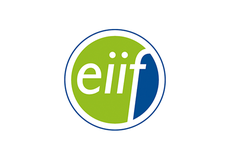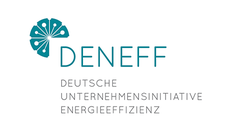Search eceee proceedings
Towards zero carbon emissions – climate policy instruments for energy intensive industries, materials and products
Panel: 1. Policies and programmes to drive transformation
This is a peer-reviewed paper.
Authors:
Bengt Johansson, Environmental and Energy Systems Studies, Sweden
Lars J Nilsson, Environmental and Energy Systems Studies, Lund University, Sweden
Max Åhman, Environmental and Energy Systems Studies, Lund University, Sweden
Abstract
Energy intensive industries (EIIs), producing the basic materials and products needed in society, contribute significantly to global emissions of greenhouse gases (GHGs). Motivated by the fear of carbon leakage, climate policy has so far treated the EIIs leniently with e.g. low carbon prices and/or free allocation of emission allowances. This has not resulted in more than marginal emission abatement. However, the emissions from EIIs have to approach zero by 2050 to 2070, following the overall target of the Paris Agreement. It is therefore urgent to develop policy strategies for a deep decarbonisation of EIIs.
In this study we explore the role of various policy instruments in the transformation of EIIs to zero emissions and how they can be combined. In our analysis we acknowledge the specificities of the various EII sectors with regard to mitigation options (e.g. available technologies and potential for recycling), market situation, and feedstock substitutability. The feasibility of specific policy instruments depends on these specificities and might therefore differ between subsectors of the EII.
The analysis of instruments is structured through an extended typology that takes its starting point in the economic impact the instruments have on the actors. The types of instruments include the commonly used sticks, carrots and sermons, as well as an additional type that we call “cushions” (Sticks, carrots and sermons are often assumed to be equal to regulation, economic instruments and information but we have slightly adapted the concepts to fit our “resource” perspective). These cushions can be flanking policies, that soften the negative effects on competitiveness that follow from implementing policy instruments, while climate policies between countries are not in pace. We also differentiate between instruments according to where along the value chain they are applied. How different instruments affect the competitiveness of industry is a key consideration.
We conclude that both energy and material efficiency, emissions-free processes and clean energy are needed to transform the EIIs. For this purpose a range of instruments can be used in different parts of the value chain and the mix can change over time as technologies, markets and institutions change. New approaches to policy evaluation are needed to assess the combined and long term effects of such policy strategies.
Downloads
Download this paper as pdf: 1-014-18_Johansson.pdf
Download this presentation as pdf: 1-014-18_Johansson_pres.pdf















